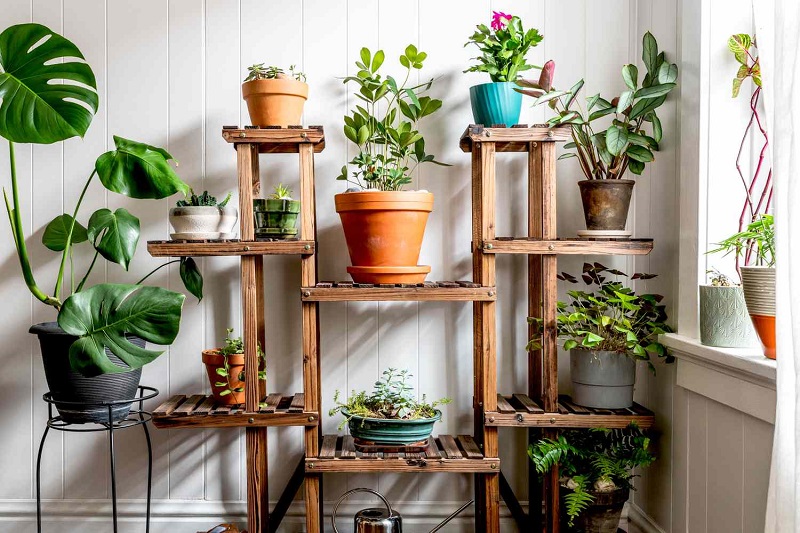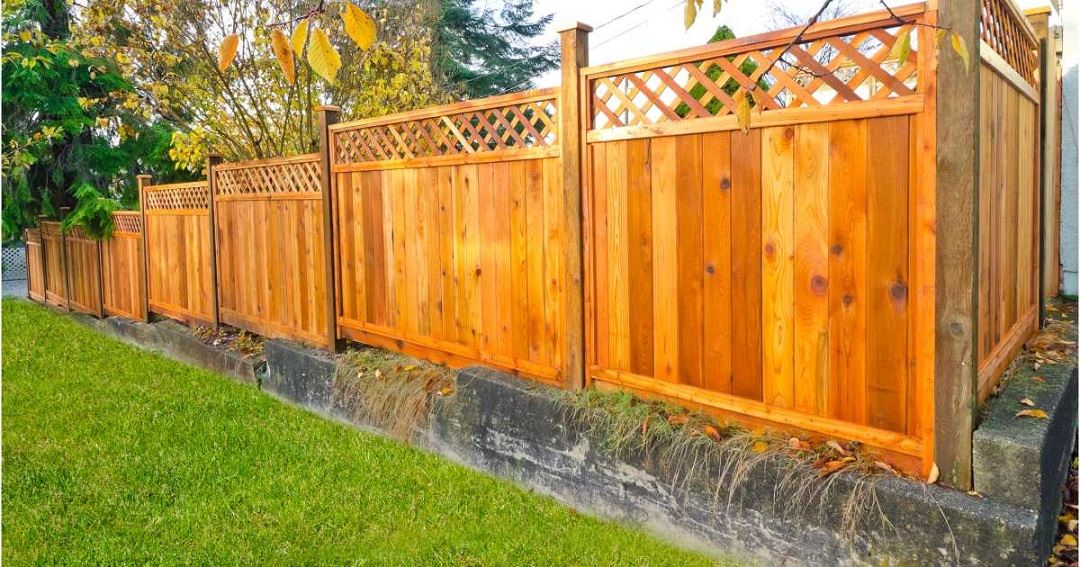Are you considering starting a garden, but unsure about the right size for your needs? A garden can be a beautiful and rewarding addition to any home, offering a place to grow fresh produce, beautiful flowers, and a peaceful retreat. In this article, we will explore what constitutes a good size garden and help you find the perfect fit for your gardening aspirations. This article is presented to you by Aliceswonderlandnursery.com.
Understanding Your Space
The first step in determining the ideal garden size is to assess the available space. Whether you have a small backyard or a sprawling property, there’s a garden size that can work for you. Consider the amount of sunlight the area receives, the soil quality, and any potential obstacles like trees or structures. Soil saving tricks for planting big pots can also be employed to make the most of your gardening space. By understanding your space, you can make better decisions about what to plant and where.
Starting Small: The Benefits
For beginners, starting with small garden ideas has numerous advantages. It allows you to gain experience without becoming overwhelmed. A small garden is easier to maintain, and you can focus your efforts on a select few plants. Additionally, if you find that gardening is not for you, a small garden can be easily dismantled without much hassle.
The Allure of a Medium Garden
A medium-sized garden provides more space for creativity and diversity in your planting choices. It offers room for a mix of vegetables, herbs, and flowers. You can experiment with different layouts and companion planting strategies. A medium garden strikes a balance between manageability and variety, making it an excellent choice for many gardening enthusiasts.
Going Big: Large Gardens
For experienced gardeners or those with ample space and time, a large garden can be a dream come true. Large gardens offer unlimited possibilities for design and planting. You can incorporate various gardening techniques, such as raised beds, trellises, and water features. However, keep in mind that large gardens require more time, effort, and resources to maintain.
Considering Your Commitment
The size of your garden should align with your commitment level. Gardening can be incredibly rewarding, but it also demands dedication and consistency. If you have limited time or mobility, a smaller garden might be the best choice, ensuring you can manage it effectively. On the other hand, avid gardeners may thrive with a larger space to immerse themselves in.
Personal Preferences: What Do You Enjoy?
Your garden size should also cater to your personal preferences and interests. Some gardeners prefer growing vast arrays of vegetables, while others may enjoy cultivating a few select flowers. Consider what brings you joy and aligns with your goals. A garden that reflects your passions will bring a sense of fulfillment every time you step into it.
The Environmental Impact
When deciding on your garden’s size, it’s essential to consider the environmental impact. Larger gardens may consume more water and resources, while smaller gardens can be more resource-efficient. Implementing sustainable gardening practices can help mitigate the ecological footprint of your garden, regardless of its size.
Maximizing Small Spaces: Vertical Gardening
If you have limited space but still want to grow a variety of plants, consider vertical gardening. This innovative approach utilizes walls, trellises, and hanging planters to make the most of every inch. Vertical gardens are not only space-saving but also visually appealing and can be a great conversation starter for visitors.
The Joy of Miniature Gardens
Miniature gardens offer a unique and enchanting experience. These tiny landscapes are perfect for those who have limited outdoor space or want to bring the beauty of nature indoors. You can create miniature gardens in containers, terrariums, or even repurposed items like teacups and wooden boxes.
Embracing Container Gardening
Container gardening is a versatile option that suits any garden size. Whether you have a small balcony or a spacious yard, containers can be placed anywhere. They allow you to grow plants even in challenging environments, such as areas with poor soil. Container gardening also simplifies maintenance and offers mobility, enabling you to move your garden as needed.
Planning for Expansion
A garden is not a static entity; it can evolve and grow over time. If you’re uncertain about the perfect garden size, start small and plan for future expansion. You can begin with a few containers or a small raised bed and gradually add more space as your gardening expertise and passion grow.
Conclusion
The ideal garden size depends on various factors, including your available space, commitment level, personal preferences, and environmental considerations. Starting small can be beneficial for beginners, while a medium-sized garden strikes a balance between manageability and variety. Larger gardens offer limitless possibilities for seasoned gardeners, but they require more time and resources.
Ultimately, the right garden size is one that brings you joy and fulfillment while respecting the environment. Whether you have a small urban balcony or a vast countryside plot, gardening can enrich your life and connect you with nature in a profound way.
FAQs (Frequently Asked Questions)
- How do I determine the best garden size for my backyard?
Assess your available space, consider your commitment level, and think about what types of plants you want to grow. These factors will help you determine the best garden size for your backyard.
- Can I have a garden if I live in an apartment?
Absolutely! Container gardening and vertical gardening are great options for apartment dwellers who want to experience the joys of gardening.
- Is it better to start with seeds or seedlings?
Both seeds and seedlings have their advantages. Seeds are more affordable and offer a wider variety, while seedlings provide a head start in the growing process.
- How can I make my garden more sustainable?
Implement eco-friendly practices like composting, using rainwater harvesting, and choosing native plants that require less water and maintenance.
- What are some low-maintenance plants for beginners?
Some easy-to-care-for plants for beginners include mint, basil, cherry tomatoes, and marigolds. These plants are relatively hardy and forgiving for novice gardeners.




